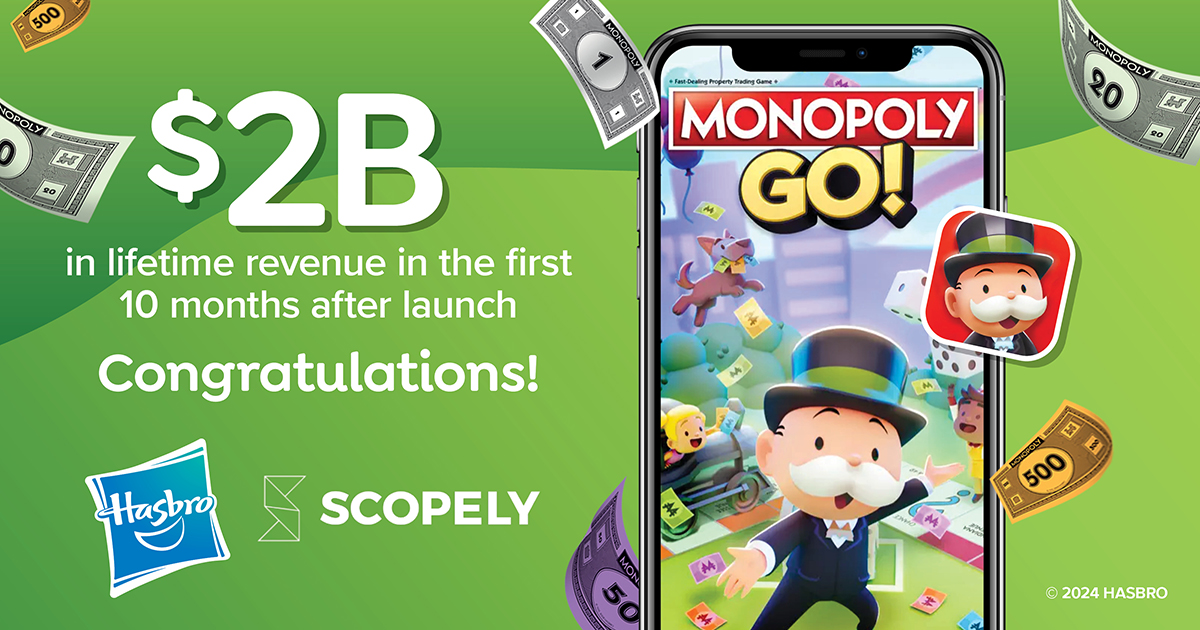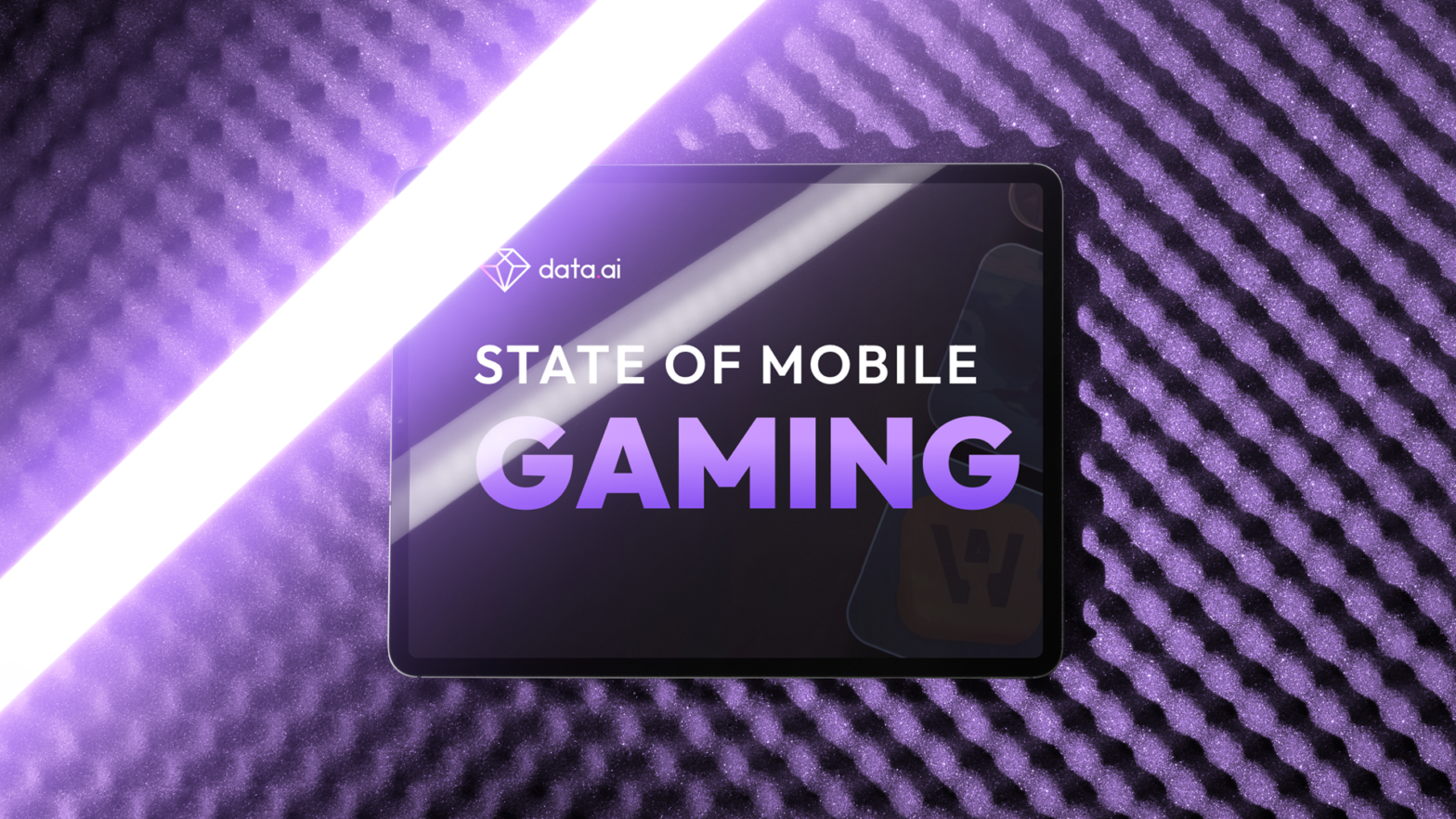The hyper-casual genre is still the biggest one in the gaming industry. Hyper-casual products are created in short periods of time that correlate to the time of use of these games. Tom Pigott, CEO and founder of Ludo.ai, talks about creating games in the hyper-casual genre and how the game design document supports the product regardless of development speed.
Studios that develop hyper-casual games use an arsenal of publicly available knowledge, but the experience gained during development is invaluable. According to the statistics, 40% of games nowadays are classified as hyper-casual, while the downloading percentage of this genre on the mobile games market is 45.
Hyper-casual games are described by the following characteristics: outstanding mechanics and design, a light level of difficulty, dynamic gameplay and a short gameplay session. However, simplicity does not mean simplification of design. This is why studios work hard to make the product attractive without sacrificing accessibility.
The development process is crucial when creating hyper-casual games. The Game Design Document (GDD) is a tool that improves team collaboration and encourages innovation, regardless of the game’s life cycle.
GDD — a unified space for work
The function of GDD is to create the foundation of a game project and share the key elements of the production process, as well as concept ideas for design and mechanics in a unified space.
Hyper-casual studios who agree on a plan with team members and create a clear structure for the development process from the beginning of the project are more successful than competitors who neglect this rule.
The fluidity of games in the hyper-casual genre is high, so having a GDD makes the process of creating a game smooth and efficient, thanks to the team’s smooth interaction.
Working with new tools
Game studios that work in other genres use GDD to keep track of their game development process, but hyper-casual studios demonstrate other benefits of GDD.
In the hyper-casual genre, GDD provides a structured plan that team members follow or even creates a template that is not limited to one-time use. This means that using new tools to create GDD will lead to an increase in game turnover.
A process that used to take days now takes seconds thanks to the use of companion tools along with GDD. Advanced artificial intelligence tools have allowed SIFOR to speed up the development process and create 50 games in the last year alone.
Ali Hamvi, CEO and co-founder of SIFOR
Time Deficit
The main characteristics of GDD are brevity and flexibility. Hyper-casual studios often face a shortage of time, and competition in the mobile games sector puts the need to release many products in a short period of time. Simple and short, GDD is invaluable for studios whose time is precious.
Changing the concept during the work on the project
Flexibility is important for creating a GDD. Ideas take center stage but are also able to adapt and change as development progresses. This is important for increasing the number of games and reducing production time.
A flexible GDD means that studios can quickly make changes to the concept and design of a game by notifying other team members.
An example of this kind of GDD for studios is creating a basic template laying the groundwork for the development process. By getting such a working template, it will be easier to adapt and develop elements of each project.
What GDD consists of
We found out why GDD is such an important tool for hyper-casual style, but what do studios include in it, and what items does it consist of?
A brief statement of the game concept
Hyper-casual games create an engaging experience for players through a combination of regular positive outcomes, easily achievable in-game incentives, and effortless play.
Studios prefer to state the concept at the beginning of GDD. The game is described in brief detail, followed by a project plan and timeline that the team will follow. They also state the target audience for the game, and hyper-casual genre studios specify the specific type of game.
A clear understanding of the basic elements of the game
GDD is also divided into separate categories that consider key elements of a game’s design, gameplay, and mechanics. Hyper-casual studios are constantly striving to optimize the development process to meet the increased demand in the mobile gaming market. The sections of hyper-casual GDD include game mechanics, design, and audio.
Since hyper-casual games rely on relatively simple graphics, mechanics, and design, categorizing these elements will be helpful in narrowing the focus of the challenges.
Updating the information
The GDD must be kept up to date regardless of changes in the game development process. The document will improve the production process when it contains the following innovations: game mechanics, team composition, and development schedule. Some studios keep previous GDDs to evaluate growth and productivity at the end of the project.
The aesthetic component
The visual part of GDD also has a function. It doesn’t affect the success of the project as much, but it makes the process much more productive. Team productivity increases when materials are engaging and visually compelling. It inspires new ideas that can eventually form the basis of the finished product.

2,633





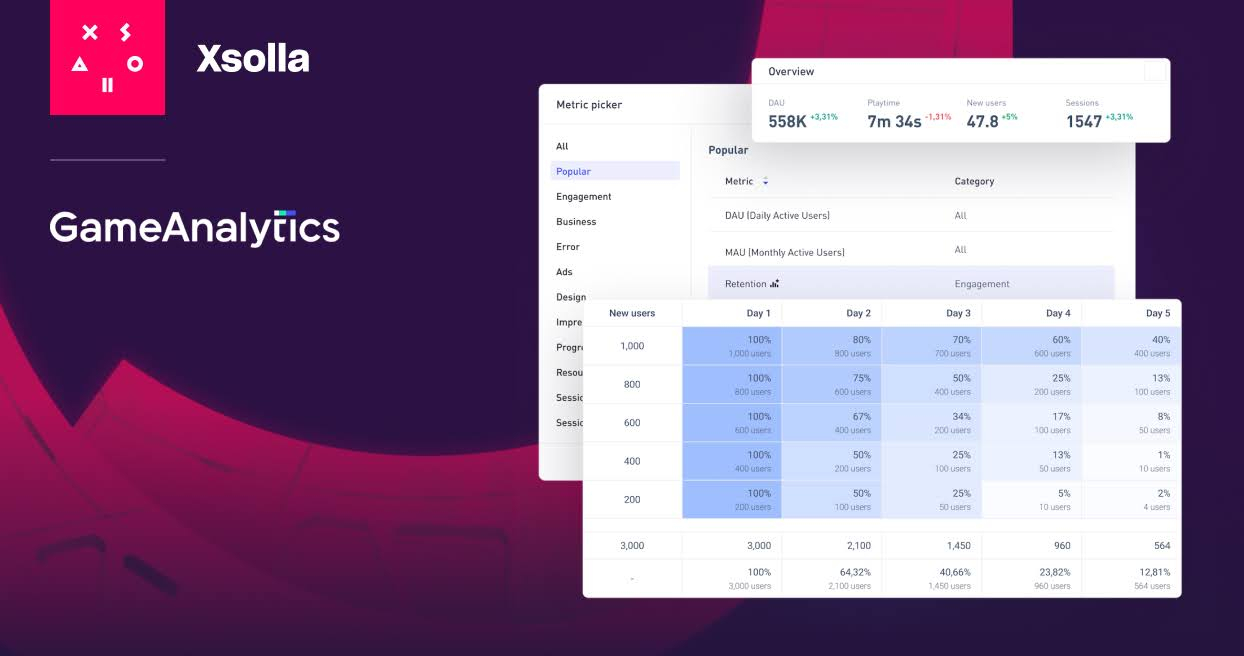

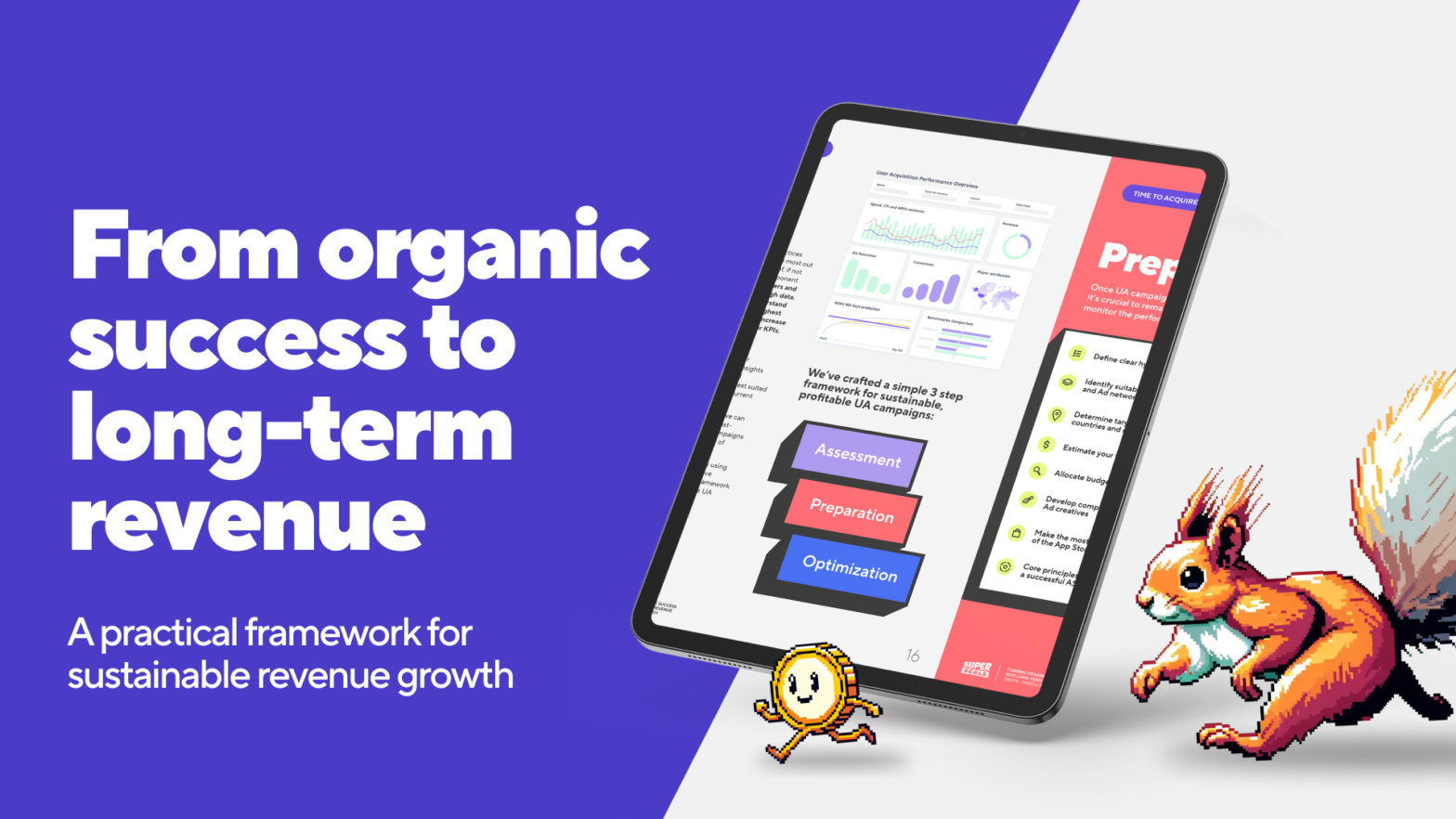
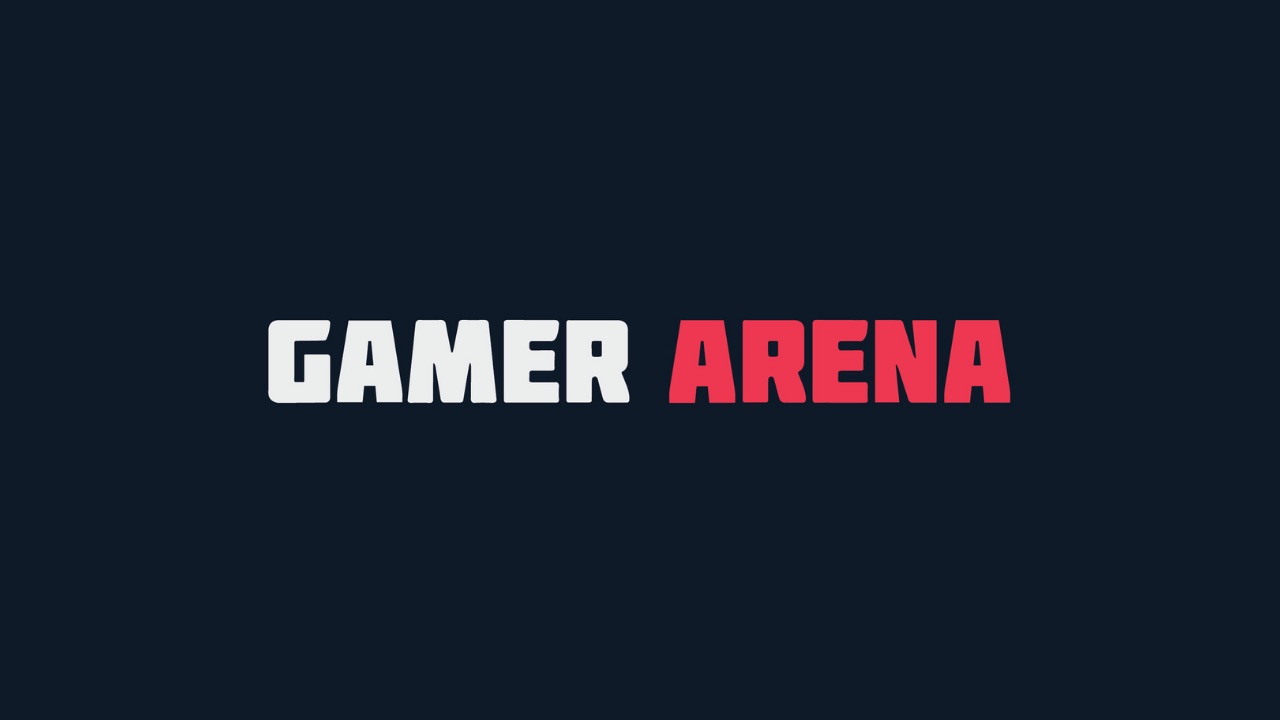




 5 minutes
5 minutes










 2 minutes
2 minutes